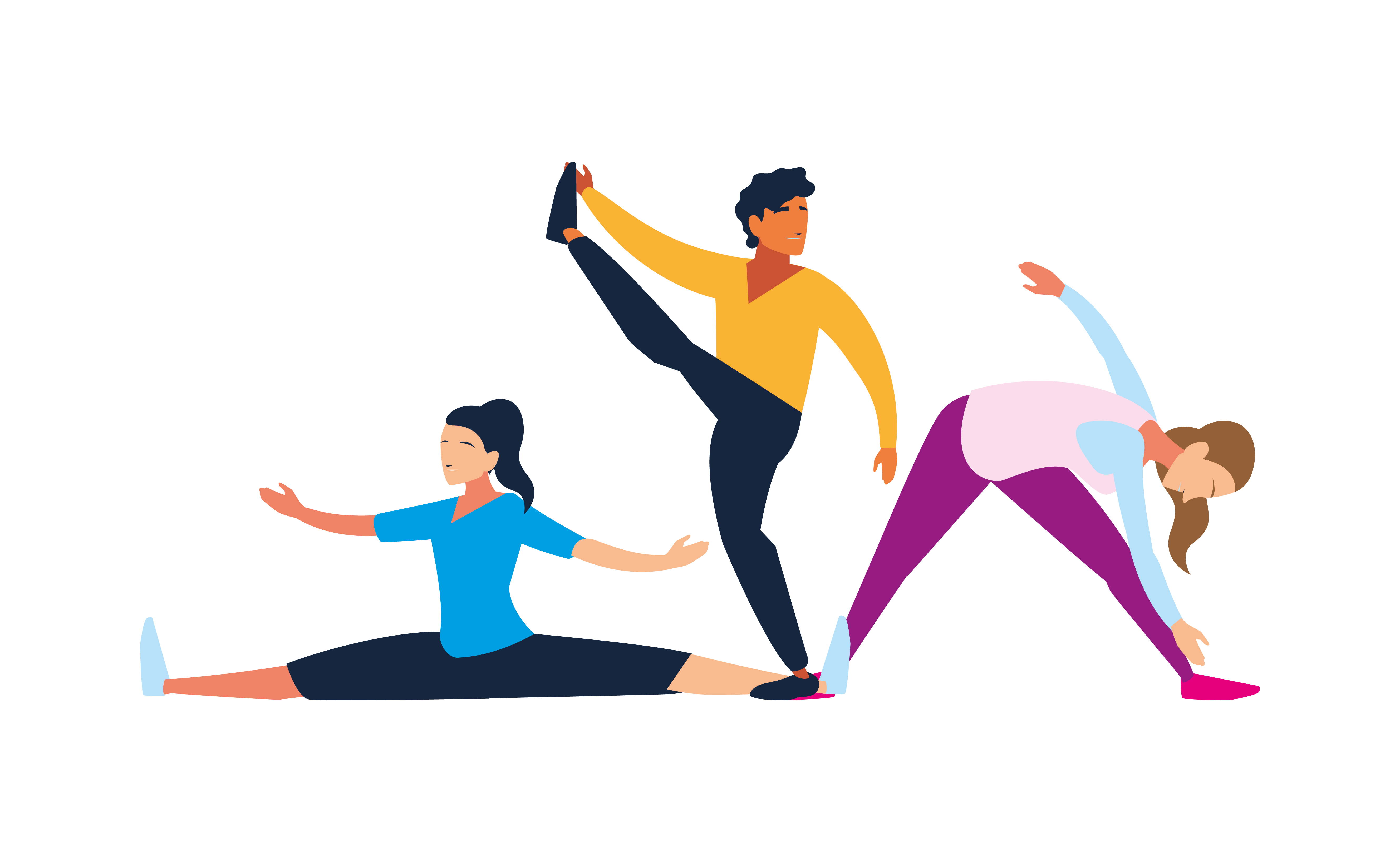Dance of the Muscles: How Activation Shapes Personal Training
Dance of the Muscles: How Activation Shapes Personal Training
Blog Article

In the world of personal training, understanding the intricate relationship between muscle activation and performance is crucial for achieving optimal results. Personal trainers play a vital role in guiding clients through tailored workout programs, and one of the most effective methods in their toolkit is muscle activation techniques. These techniques focus on stimulating specific muscle groups to ensure they perform at their best, enhancing both strength and overall physical performance.
As we dive into the dance of the muscles, it becomes clear that activating the right muscles at the right time can transform workouts from mere exercises into powerful, purposeful movements. By incorporating muscle activation strategies, trainers can help their clients overcome plateaus, prevent injuries, and build a solid foundation that supports their fitness journey. Understanding how to effectively engage and activate these muscle groups can revolutionize personal training, making the training experience both effective and enjoyable.
Understanding Muscle Activation
Muscle activation refers to the process through which muscles are engaged and utilized during physical activity. It plays a crucial role in enhancing performance and preventing injuries. By activating specific muscle groups, trainers can ensure that clients are using the correct muscles during exercises, which can lead to improved strength, coordination, and overall fitness. This process is pivotal in creating individualized workout plans tailored to the unique needs of each client.
In personal training, understanding how to effectively promote muscle activation can make a significant difference in achieving desired results. Coaches often employ various techniques to target specific muscles, ensuring they are firing properly during workouts. This might involve the use of dynamic warm-ups, mobility drills, and specific exercises designed to engage particular muscle groups before moving on to heavier lifts or complex movements. The intention is to prepare the body for optimal performance and minimize the risk of injury.
Moreover, incorporating muscle activation techniques into training sessions supports proper movement patterns and reinforces neuromuscular connection. As clients learn which muscles to engage, they become more aware of their bodies, leading to improved form and technique. This self-awareness not only enhances the effectiveness of workouts but also empowers individuals to take control of their fitness journeys, ultimately fostering a more profound understanding of physical health and well-being.
Techniques for Effective Training
Incorporating muscle activation techniques into personal training can lead to more effective workouts and improved overall performance. One popular approach is the use of dynamic stretching, which not only warms up the muscles but also activates them through controlled movements. By engaging specific muscle groups dynamically, trainers can prepare the body for the demands of resistance training, enhancing both stability and strength. Dynamic stretching can include exercises like leg swings, arm circles, and torso twists, each targeting different muscle groups to ensure a well-rounded activation before heavier lifts.
Injury Rehabilitation Tailored Solutions
Another key technique is the use of isolation exercises to specifically target underactive muscles. Trainers can identify muscle imbalances and create customized routines that focus on these weaker areas. For instance, if the glutes are underactive, exercises like glute bridges or banded lateral walks can help activate these muscles before compound movements like squats or deadlifts. This targeted activation helps in improving muscle recruitment during more complex exercises, leading to better overall strength gains and injury prevention.
Finally, incorporating proprioceptive cues can enhance muscle activation during workouts. Personal trainers can use verbal cues, tactile feedback, or imagery to help clients engage the right muscles at the right time. For example, instructing clients to "squeeze" a muscle or visualize their muscles working can create a stronger mind-muscle connection. This conscious engagement not only improves the quality of each rep but also promotes awareness of proper form, ensuring that clients are performing exercises safely and effectively.
Integrating Activation in Personal Training
Incorporating muscle activation techniques into personal training sessions can significantly enhance the overall effectiveness of workouts. By prioritizing activation, trainers can ensure that clients engage the correct muscle groups during their routines. This focus not only leads to improved strength gains but also reduces the risk of injury by promoting proper movement patterns. Trainers can begin with specific activation exercises that target underactive muscles, setting the foundation for more challenging movements.
As clients become more attuned to their bodies, they will gain a better understanding of how to activate various muscle groups effectively. This understanding allows trainers to tailor workouts to individual needs, focusing on areas that require more attention. By assessing each client's unique patterns and imbalances, a personalized approach can be established, allowing for more effective progress tracking and adjustment throughout the training process.
Finally, integrating muscle activation into personal training fosters a holistic approach to fitness. It encourages clients to be mindful of their movements not just during workouts, but in daily life as well. This awareness can enhance overall functional strength and performance, translating gains made in the gym to real-world applications. By emphasizing muscle activation, personal trainers can contribute to a more sustainable and empowering fitness journey for their clients.
Report this page